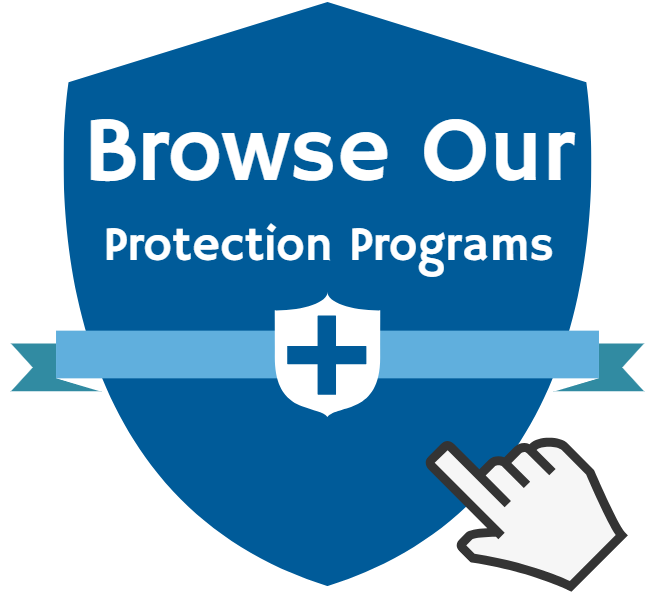We continue with our series of general educational articles penned by one attorney, an MD, JD, giving you a view of the world through a malpractice plaintiff attorney’s eyes. This attorney is a seasoned veteran. The series includes a number of pearls on how to stay out of harm’s way. While I do not necessarily agree with 100% of the details of every article, I think the messages are salient, on target, and fully relevant. Please give us your feedback – and let us know if you find the series helpful.
1. If I avoid prescribing for patients who call when I am cross-covering, can I avoid establishing a physician-patient relationship with them?
No.
You are confusing this with the fact that courts and medical boards look to prescribing as strong proof that a physician-patient relationship formed if that matter in question is a case alleging malpractice or abandonment.
The premise is that in taking that affirmative step of prescribing, the doctor showed his willingness to treat the patient.
However, in your situation that relationship is established as soon as you pick up the phone (and, yes, you must pick up the phone). You had already agreed to cover any patients through your contractual agreement to act as coverage. That responsibility applies to all potential patients who may call during the coverage interval and it then adheres to the individual patient who calls. Once the calls takes place, the doctor-patient relationship immediately forms.
2. My state says that I can’t prescribe without seeing the patient personally. Really??? If I have to come in and see every patient it will make taking call impossible. This makes no sense!
It would certainly make no sense if that was the actual limitation. But you are confusing a restriction against online prescribing versus prescribing for a personal patient or during coverage.
The regulation in New Hampshire is a good example.
It states that
“Prescribing drugs to individuals the physician has never met, based solely on answers to a set of questions, as is common in Internet prescribing, is inappropriate and unprofessional. An on-line or telephone evaluation by questionnaire is inadequate for the initial evaluation or for the personal follow-up evaluation. It is the position of the Board that prescribing drugs under such circumstances, without appropriate documentation of a history and physical examination; a diagnosis; and a formulated therapeutic plan, a part of which might be a prescription; shall be considered unprofessional conduct… and may be cause for discipline.”
The New Hampshire policy addresses an evaluation done through a fixed questionnaire. This is very different from you personally questioning the caller about his condition. Unlike the on-line
prescriber, who would never be in a position to see the patient, you are available to treat in person if required.
That is why the policy then proceeds to specifically exclude a coverage situation (“prescribing for a patient of another physician for whom the prescriber has taken call”) from that restriction. The policy notes, with regard to a physician’s own patients, that “Established patients may not require a new history or physical for each new prescription, depending on good medical practice” but leaves that as discretionary.
What you are doing when you prescribe over the phone while covering for another physician or taking call in your own practice is therefore fully permissible.
3. When I am on-call for my group I get lots of demands for re-fills. These are patients I know nothing about. Should I be doing this?
That you have a cautious approach to this is to your credit. Many physicians are lulled into complacency by the idea that, “Well, it’s just a re-fill”.
What it actually is is an entirely new prescription since the previous one, with all its permissible re-fills, has expired, and it is now solely under your name.
This is also a situation in which you are being asked to rubber-stamp what you are being told is another physician’s judgment. But because that information is completely secondhand you have no way to gauge its validity. For example, your colleague may not have intended to give another prescription of the same medication at the same dose until he had done additional testing on the patient after the first dosage regimen was completed.
Since this is a setting about convenience rather than emergency you should exercise some caution.
If you are just doing evening coverage (and the refill can wait until next day) then the patient should be instructed to call back during business hours to speak with the originally prescribing physician or their staff.
If you are covering longer term while the other physician is away then you should get the chart and review it before you write your own independent prescription, just as you would if it were your own patient the details of whose care you did not immediately remember.
Finally, familiarize yourself with limitations on certain medications, particularly ones that have abuse potential and for which patients may be trying to get stocks to personally over-use or to divert. For example, re-filling on a Schedule II drug often requires that the patient be personally seen each 30 days.
4. I am very uncomfortable about prescribing for patients who call up for claimed emergencies when I am on call. Can I do so?
Prescribing in that setting is just one aspect of the care that you are engaged in.
You are actually doing an assessment, based on the patient’s independent statements and his responses to your questions, of whether he needs immediate hands-on evaluation or treatment or not.
Prescribing is then a subsidiary act in that process, similar to an instruction to stay home and monitor the situation versus go to the ER versus come into the office.
The critical issue as far as liability is whether the decision that you make in prescribing is defensible: did you have information sufficient for a reasonable physician in your position to come to the conclusion you made about the distant patient?
For example, in a case that created liability for the defendant physician, who was part of a coverage group, the problem was not that the doctor prescribed a muscle relaxant for a patient who called about arm pain after minor exertion. The problem was that he had not taken into account the caller was a patient of a cardiologist. The cross covering doctor had not properly questioned the caller about his medical history, actually a rather florid one including multiple stentings, that would have put his arm pain into a context requiring him to go to an ER for evaluation. The caller died of an MI at home several hours later. The case settled based on the failure by the covering doctor to route the caller to the ER, the prescribing being only one piece of evidence of the negligence of his overall evaluation.
In determining whether you know enough about the patient to prescribe at a distance, bear in mind that your smartphone is an extension of the consulting room. You are no longer limited to the caller’s verbal description of his condition – you can observe a caller complaining of vertigo in real-time or get a “selfie” of a rash (some HIPAA issues might be triggered – but will not be addressed her…) before you decide if prescribing is appropriate without the caller being personally seen.
What is essential in the on-call situation, just as it is when you see a patient in-office, is that you document (1) how you came to your decision to prescribe and (2) any discussions you had with the patient about matters like side-effects of the medication and follow-up.
Keep your own on-call log in which you make contemporaneous notes (it will be admissible as a record maintained in the ordinary course of business if you are later sued) and then, if the coverage is for your own practice, add a note to the patient’s chart when you get to the office.
In summary: Prescribing over the phone without personally seeing the patient is a permissible act. A re-fill must be understood actually to be a new prescription, now under the name of the covering doctor, and should not be provided without checking the patient’s chart. The usual criterion that governs medical negligence – was the physician’s conduct reasonable under the circumstances?- applies to phone prescribing. Contemporaneous documentation is essential.
[Medical Justice notes: Further to the discussion of doing anything over the phone, take a few seconds to briefly document. One case of “he said, she said” was recently adjudicated to the tune of $1M. The doctor said the patient was told to go to the ER. The patient’s estate said the doctor never answered the call. Patient died at home of pulmonary embolus. This discussion was not documented and would probably have prevented the lawsuit.]
What do you think? Use the comment box below to share your thoughts.



I was wondering if there is a place to ask questions. Specifically I’m wondering if a patient from another state calls and wants to know if they are a candidate for procedure and what the cost would be. If I do a consultation over the phone after receiving their new patient paperwork including medical history and photographs, would I be practicing medicine without a license but giving advice to the patient resides in another state and is receiving the consultation while he or she is in that other state?
Excellent, relevant post. Thank you!